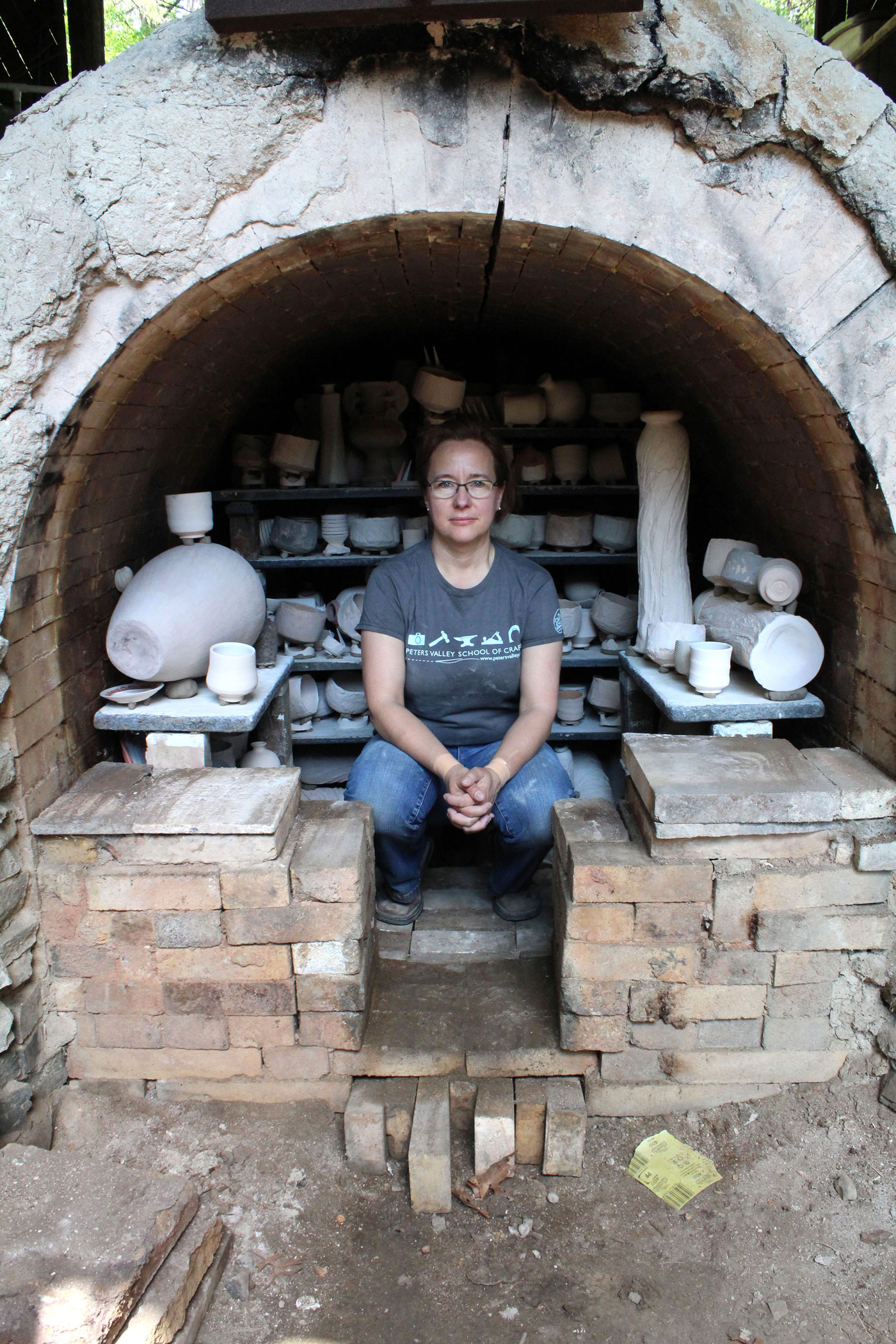 Editor's Note: This article has been edited from the original. The print version and an earlier online version of this article were found to have several inaccuracies. SP has worked diligently with the author and artists mentioned in this article to correct them. Please contact the editor with any questions or concerns.
Editor's Note: This article has been edited from the original. The print version and an earlier online version of this article were found to have several inaccuracies. SP has worked diligently with the author and artists mentioned in this article to correct them. Please contact the editor with any questions or concerns.
Let’s face it: wood-firing is hard work. Days and weeks of sawing, splitting, and stacking wood, cleaning shelves, and making pots to fill the kiln. Then come the long hours of loading and firing—hot, laborious, physically demanding work. And, this is after the heavy lifting of bricks, mortar, rocks, and steel required to build the kiln. The sheer effort it takes to get a fired pot, let alone a good one, is heroic. It’s not for the faint of heart. And historically, in the United States, it’s been a man’s world.
Since the 1960s, women in the U.S. have been wood-firing against the odds. They have persevered through such challenges as discrimination, child-rearing, marriage, divorce, education, apprenticeships, aging, and the intense physical effort that it requires. Some have done so quietly, building their kilns in the backwoods with little or no help, making and firing in relative obscurity. Others have fired with the help of fellow potters, friends, family, or neighbors. Still others have become mentors and teachers, passing the torch to subsequent generations.
I recently had the great honor of talking to many contemporary American women wood-fire artists about their experiences. Of course, there are many other women that I did not have the chance to speak with, and their contributions to the lineage of wood-firing are equally important. Each makes the collective light of the fire grow brighter, and each has a few intrepid women—our godmothers—to thank for bringing the flame to our shores and lighting the way.
Godmothers



